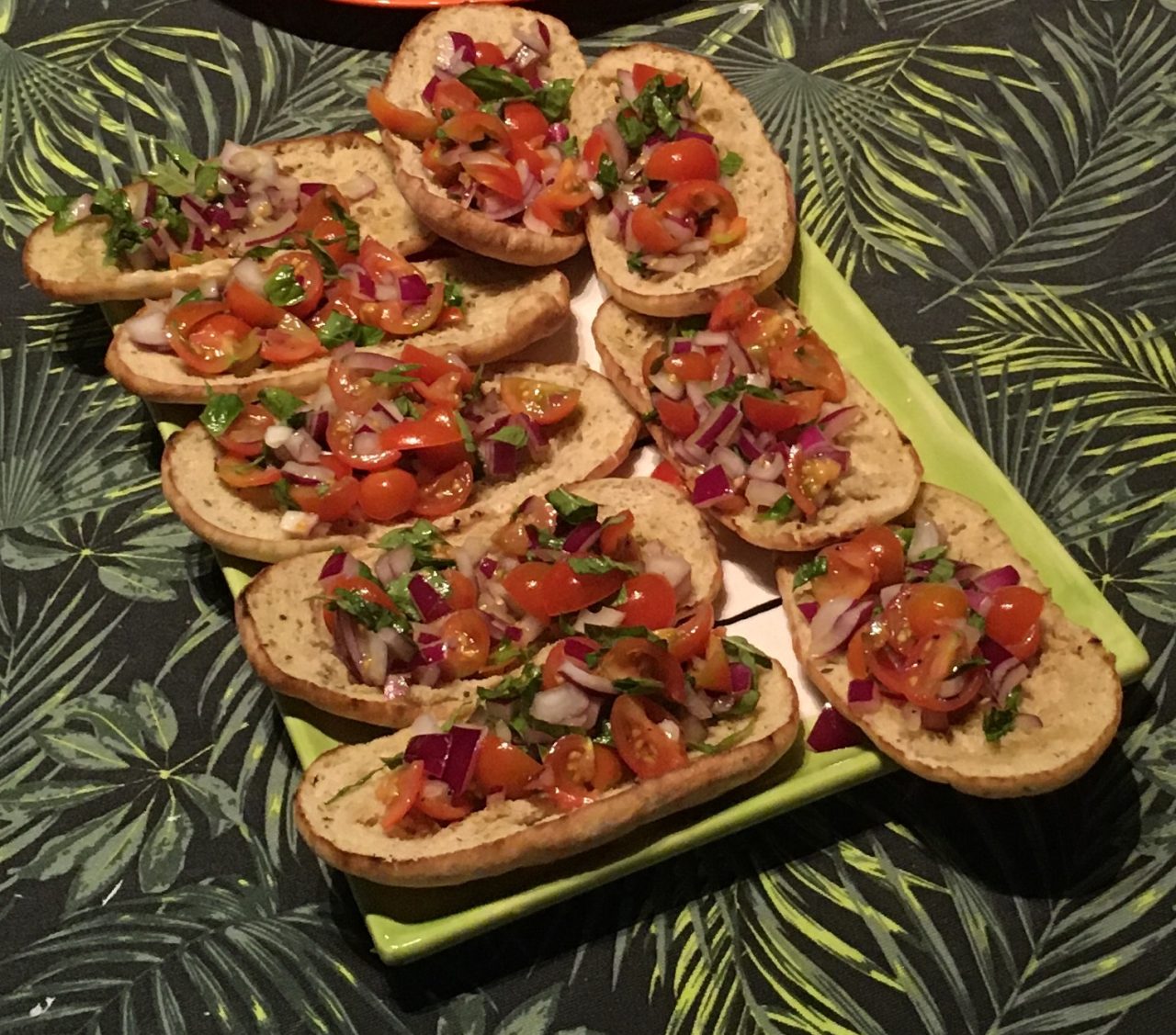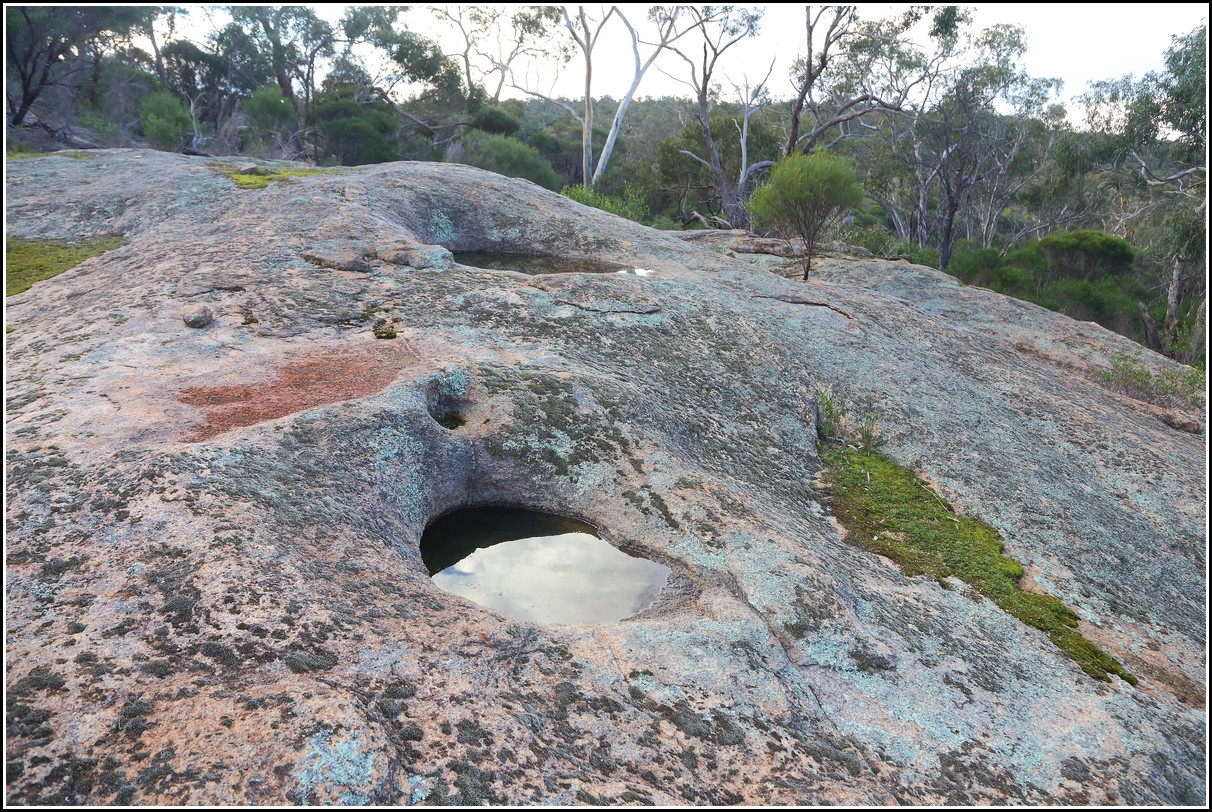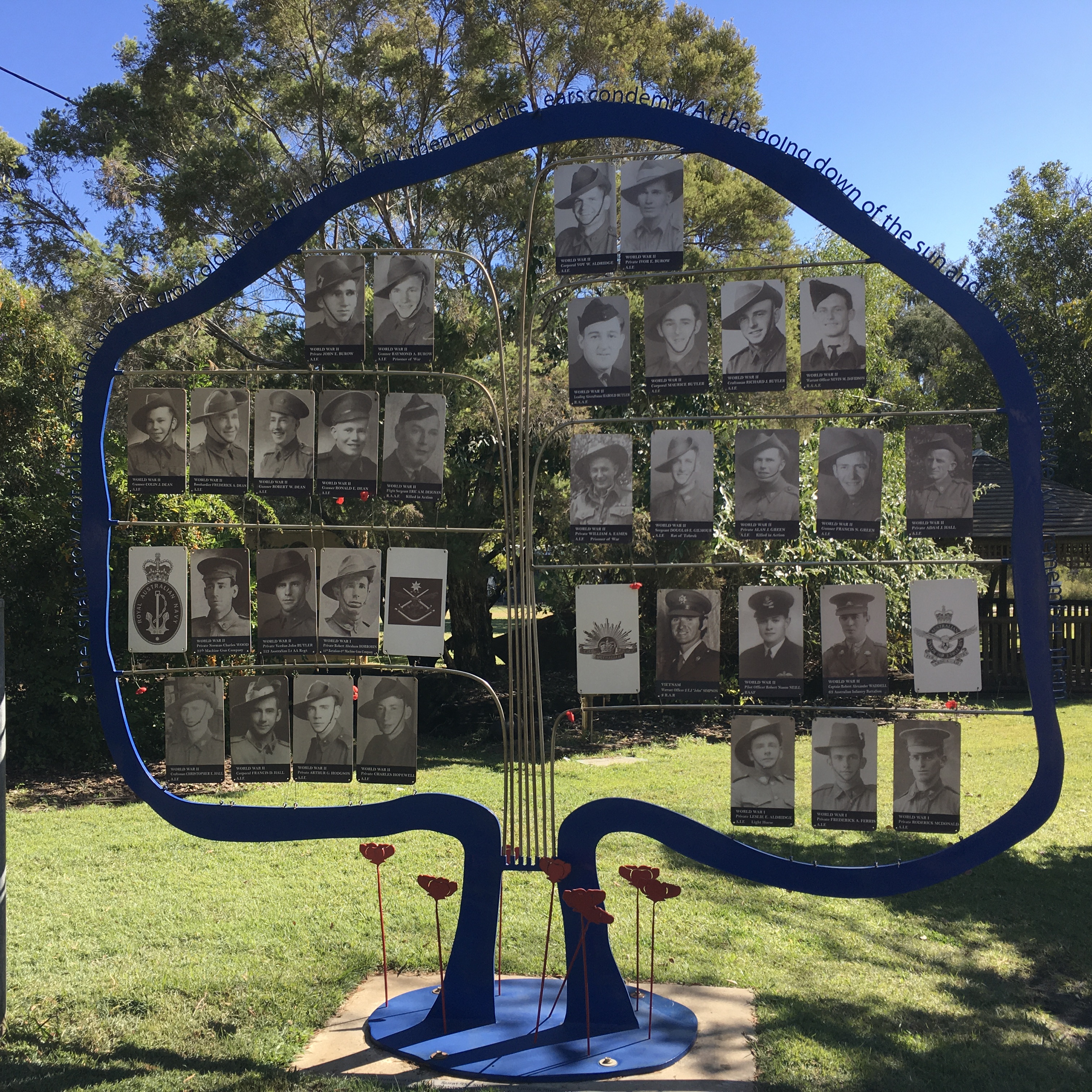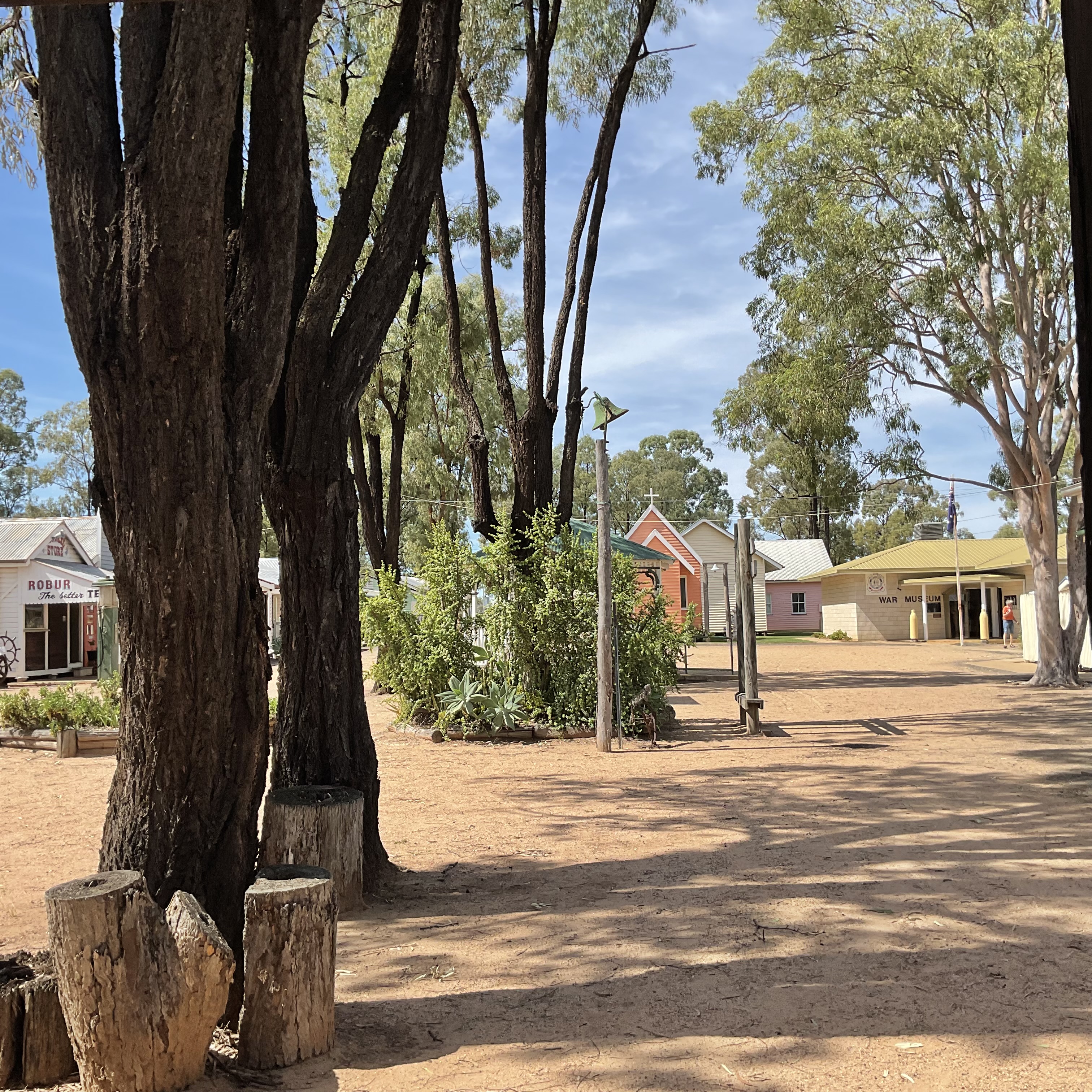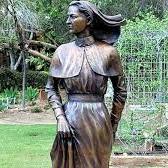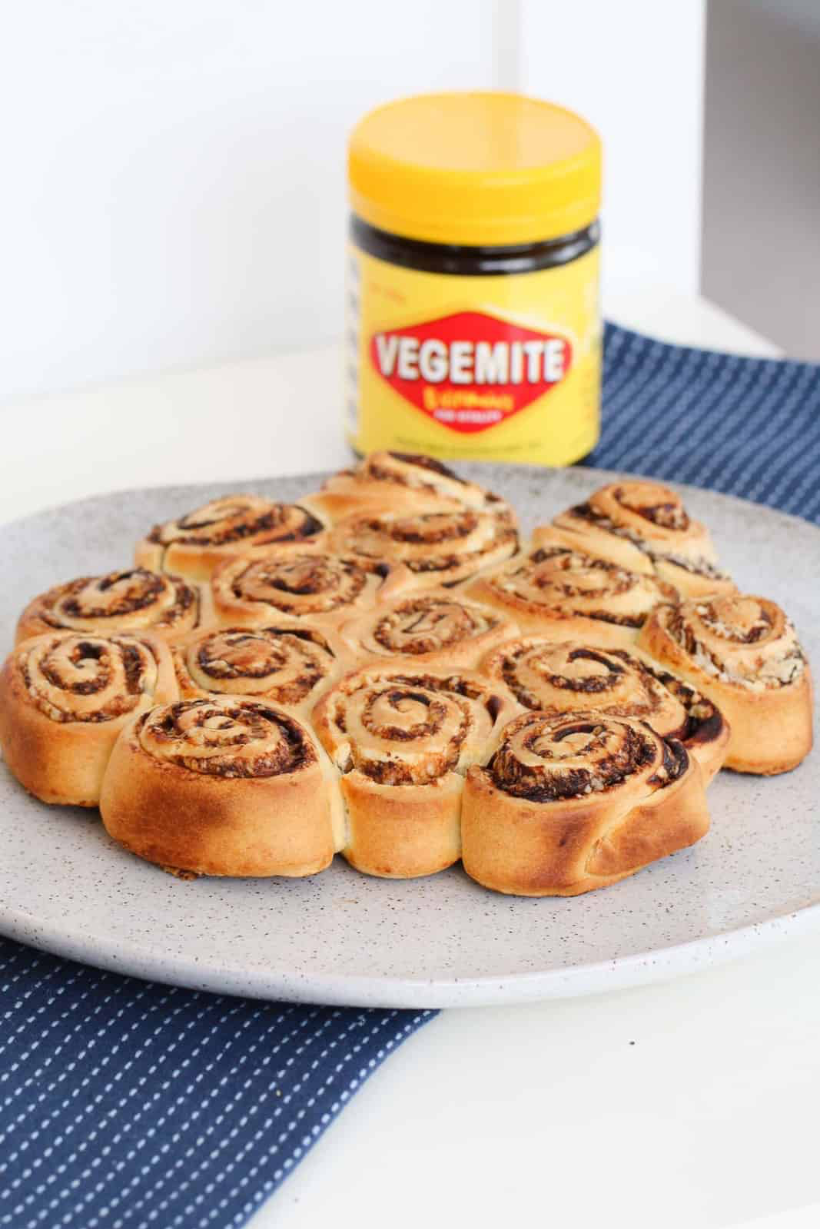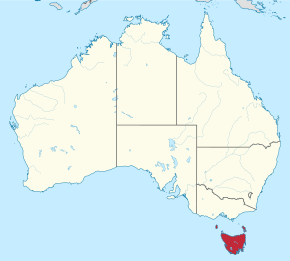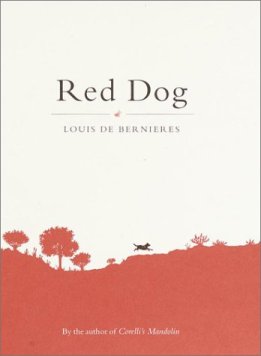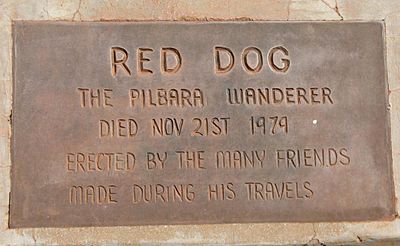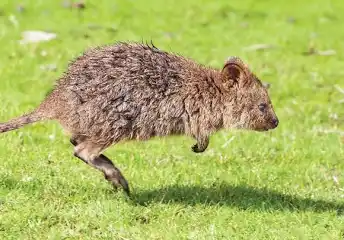Z is for the children’s book “Zombie Bums And Uranus”, written by Andy Griffiths, one of Australia’s most popular children’s authors.

Griffiths has written 33 books, including nonsense verse, short stories, comic novels and plays. His books have been New York Times bestsellers, won 80 children’s choice awards, been adapted as a television cartoon series, sold more than 12 million copies in Australia, and been adapted to the theatre. He is best known as the author of the “JUST!” series, “The Day My Bum Went Psycho” and the bestselling “Treehouse” series. ( I believe in America where the population is more refined and genteel ” bum” is replaced by “butt”.)
Andy is an ambassador for The Indigenous Literacy Foundation and the Pyjama Foundation, and was awarded the Dromkeen Medal in 2015 to honour his outstanding contribution to Australian children’s literature.
Yes, I know, you’re shaking your head – the title is somewhat off-putting.
I am reminded of a time 25 years ago when I organised a book fair at the local primary school. You know the deal; the more books sold at the fair, the more books donated to the school library by the book wholesaler. This attempt to restock the school library had never been attempted before, and boy, was the concept embraced by the school community. One of the biggest sellers were the “Goosebumps” books. Remember them? We sold cartons of them! With two daughters who had never sampled a “Goosebumps” I was a bit flabbergasted by the popularity of this series, especially by little boys and particularly as there were so many other good novels, including classics, from which to choose.
To this day I remember chatting with a frazzled mother of three young lads who shared with me that she was just thrilled that her sons had found books which interested them, which enticed them to read instead of jumping on beds, and that kept them interested. And isn’t that what it’s all about? Books that engage and encourage readers from an early age.
I’ve just purchased a book about insects and reptiles for three and half year old Harry. He’s told his mother that he wants to relocate snakes back to the bush when he grows up. His mother is unimpressed about his career choice of snake catcher……
Note:
Thank you for hanging in there throughout April, particularly the Aussie contingent of bloggers who also participated in this Challenge. Your support has been a huge help especially on those days when I was away out west and/ or floundering. I do enjoy participating in the April Challenge and the opportunity to share information about where I live.
I’m taking a break and have lots of self indulgent plans for May, including a holiday. I do have heaps to share- theatre performances, museums, adventures, workshops, and projects – but we could all do with a break. See you then.

#A-ZChallenge 2024
Australian Trivia
